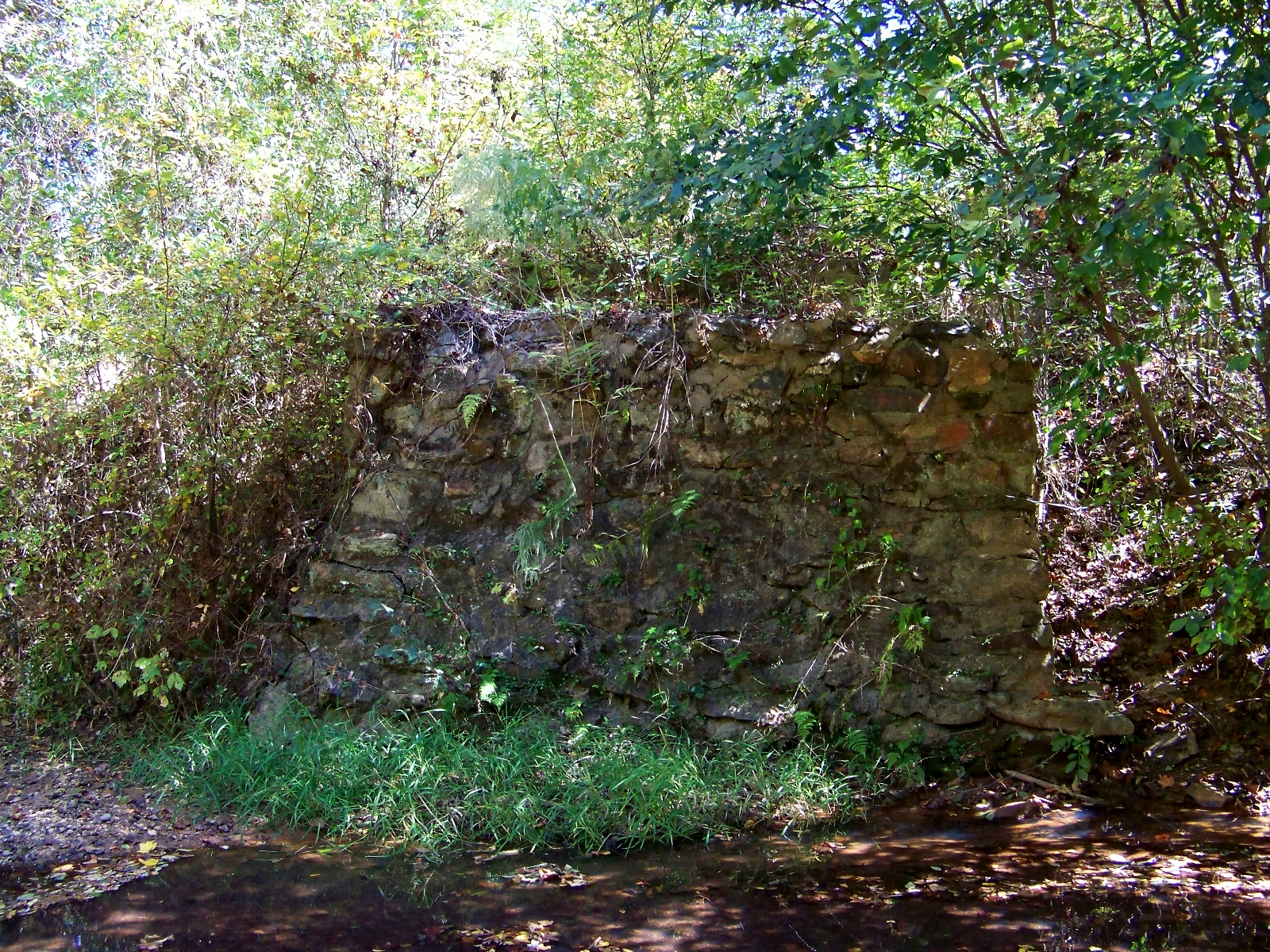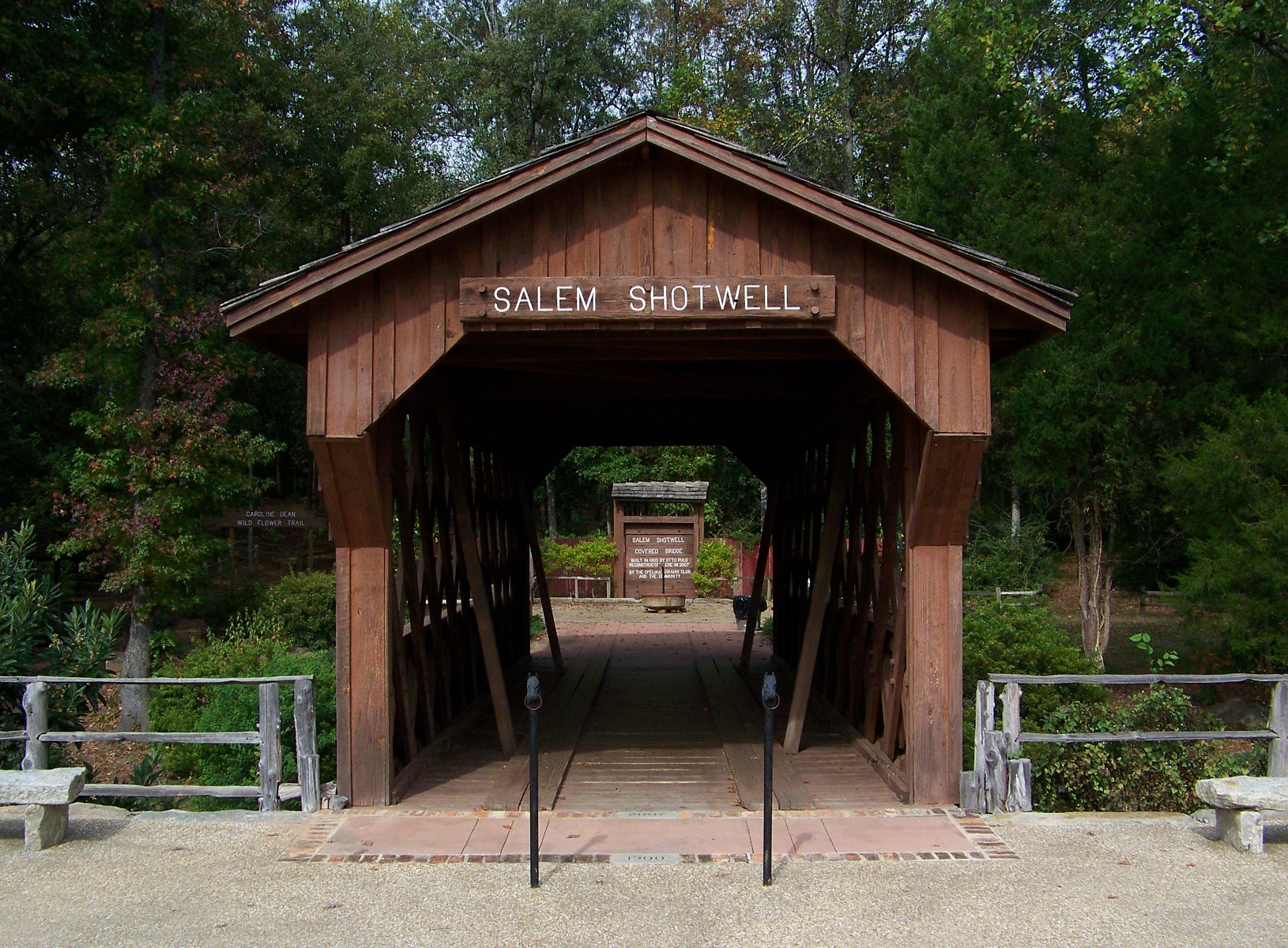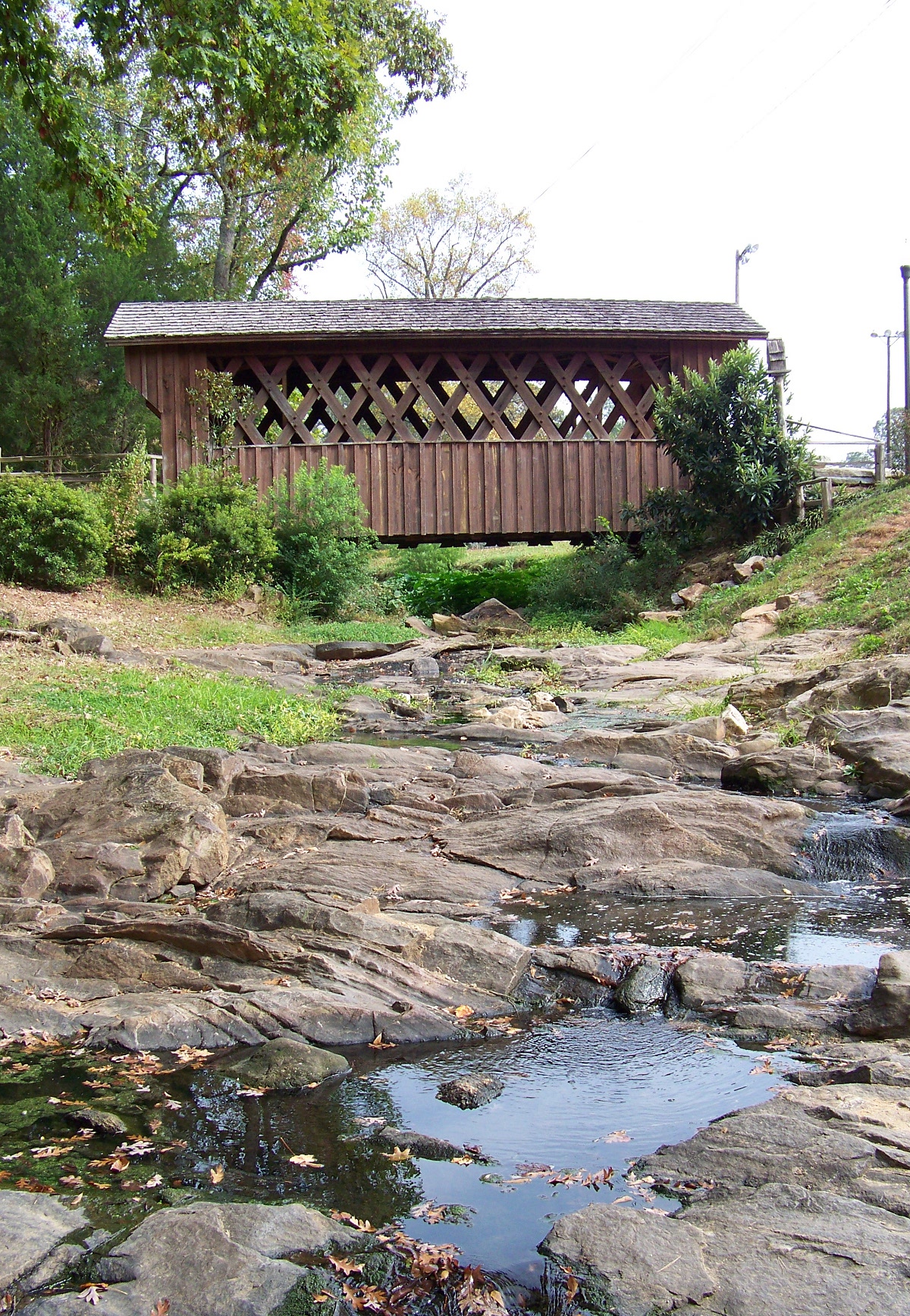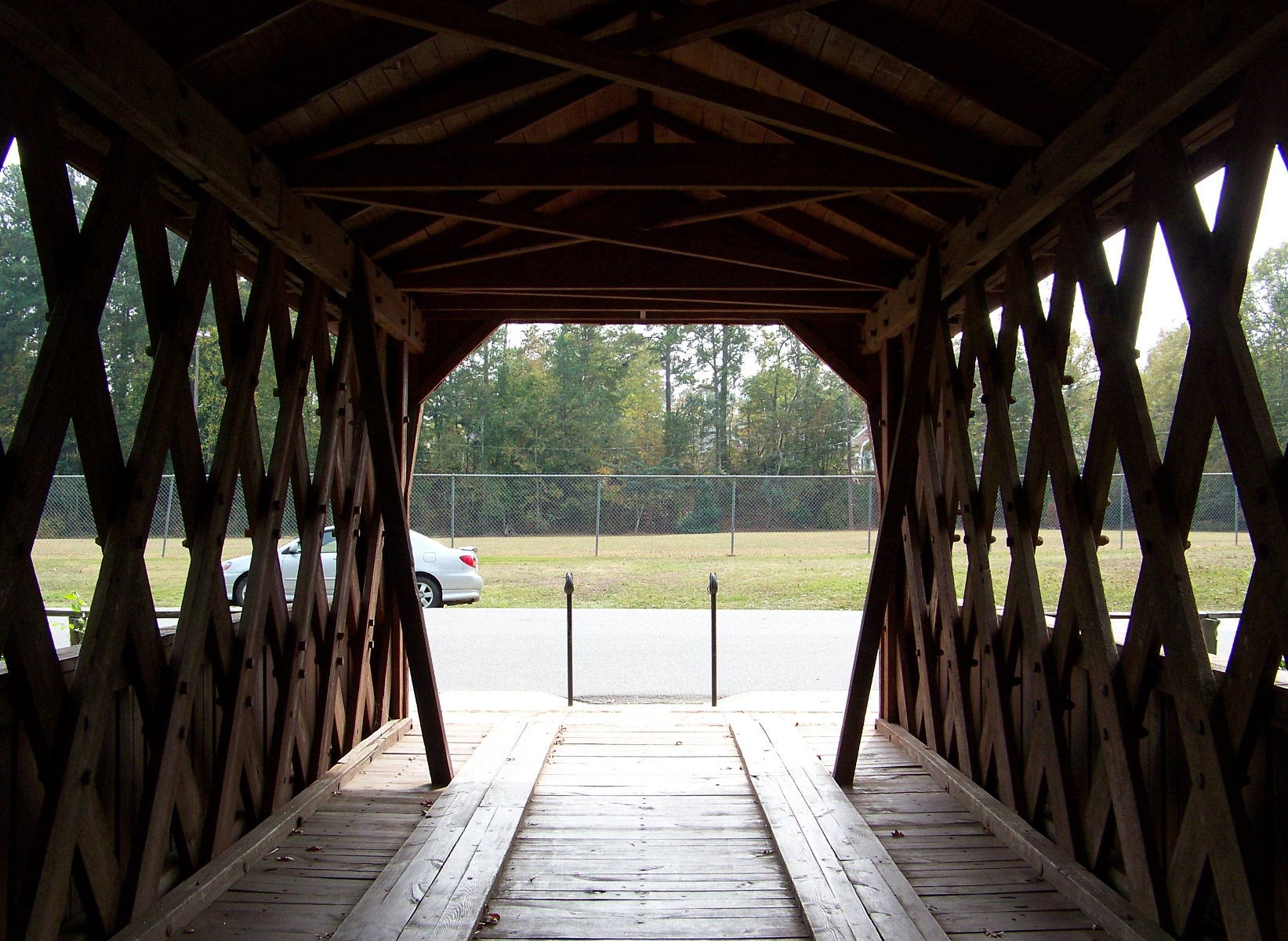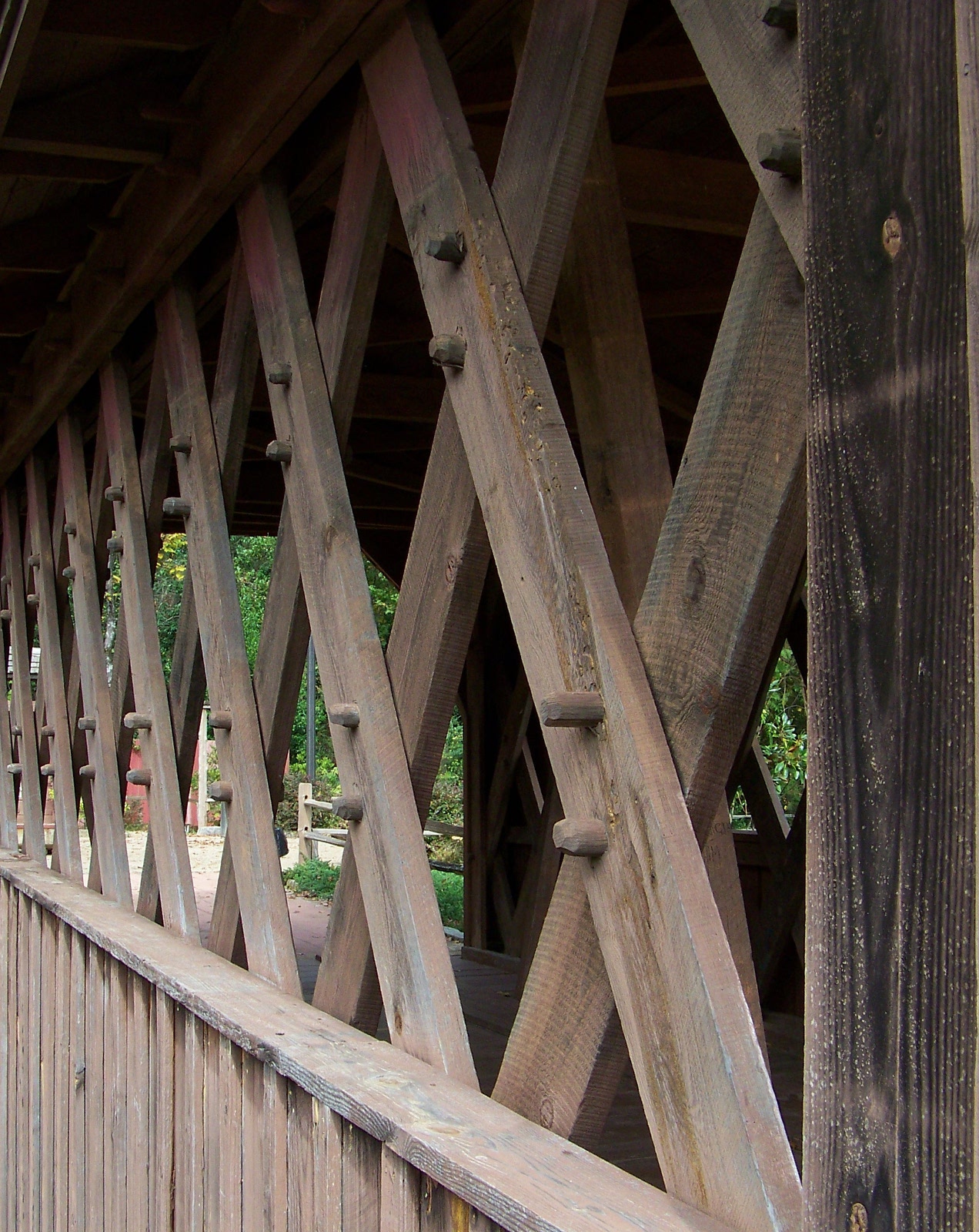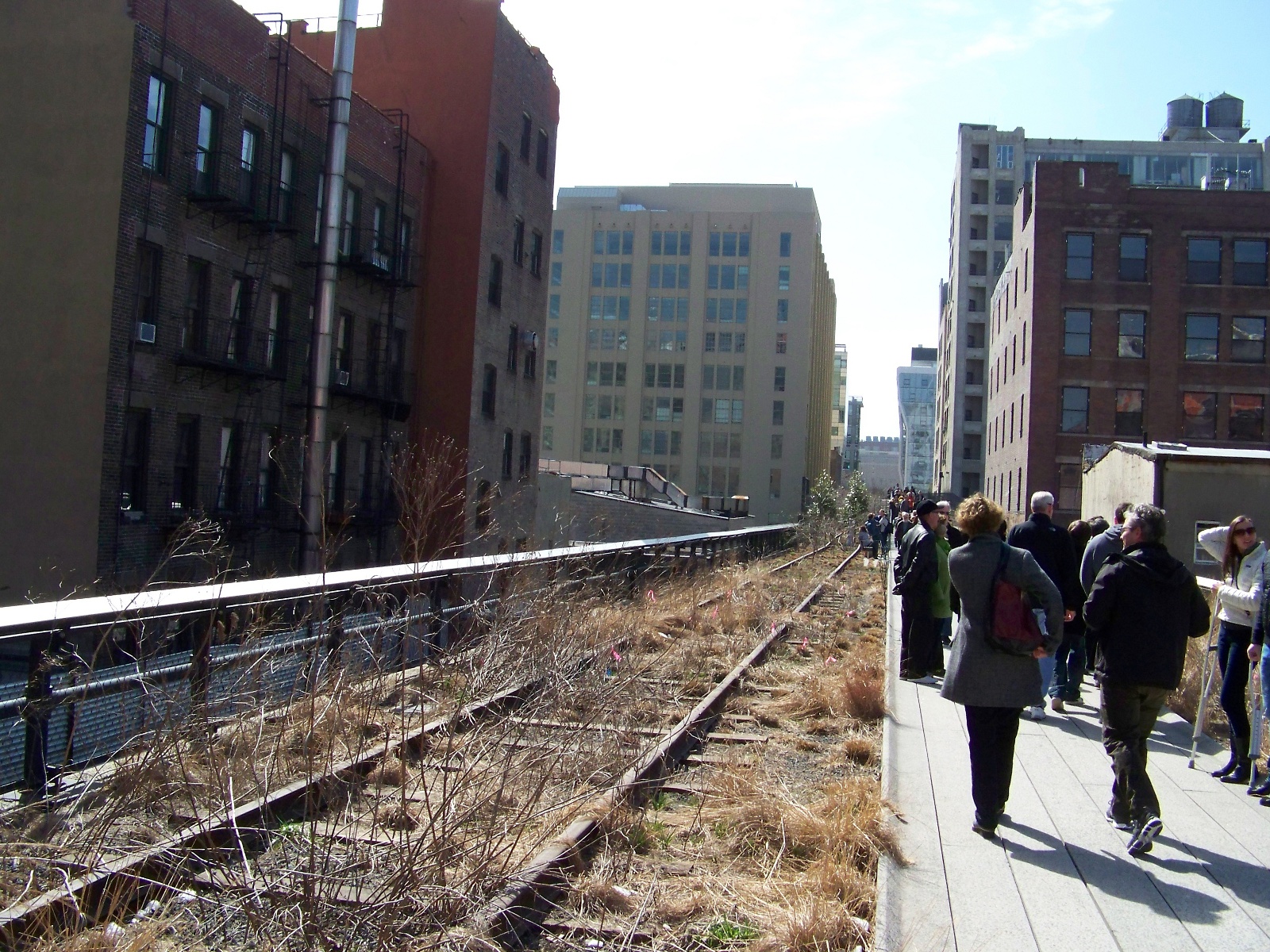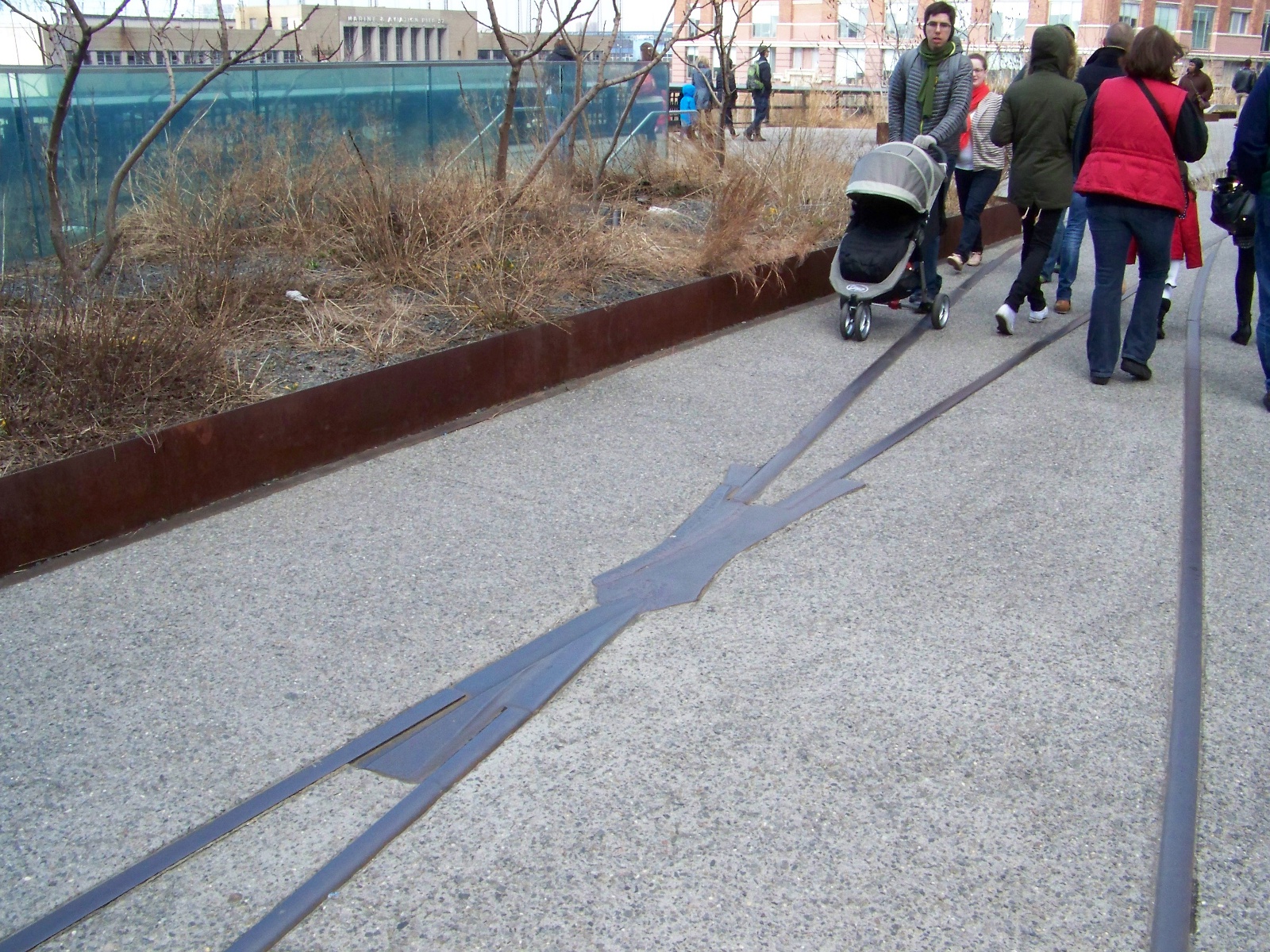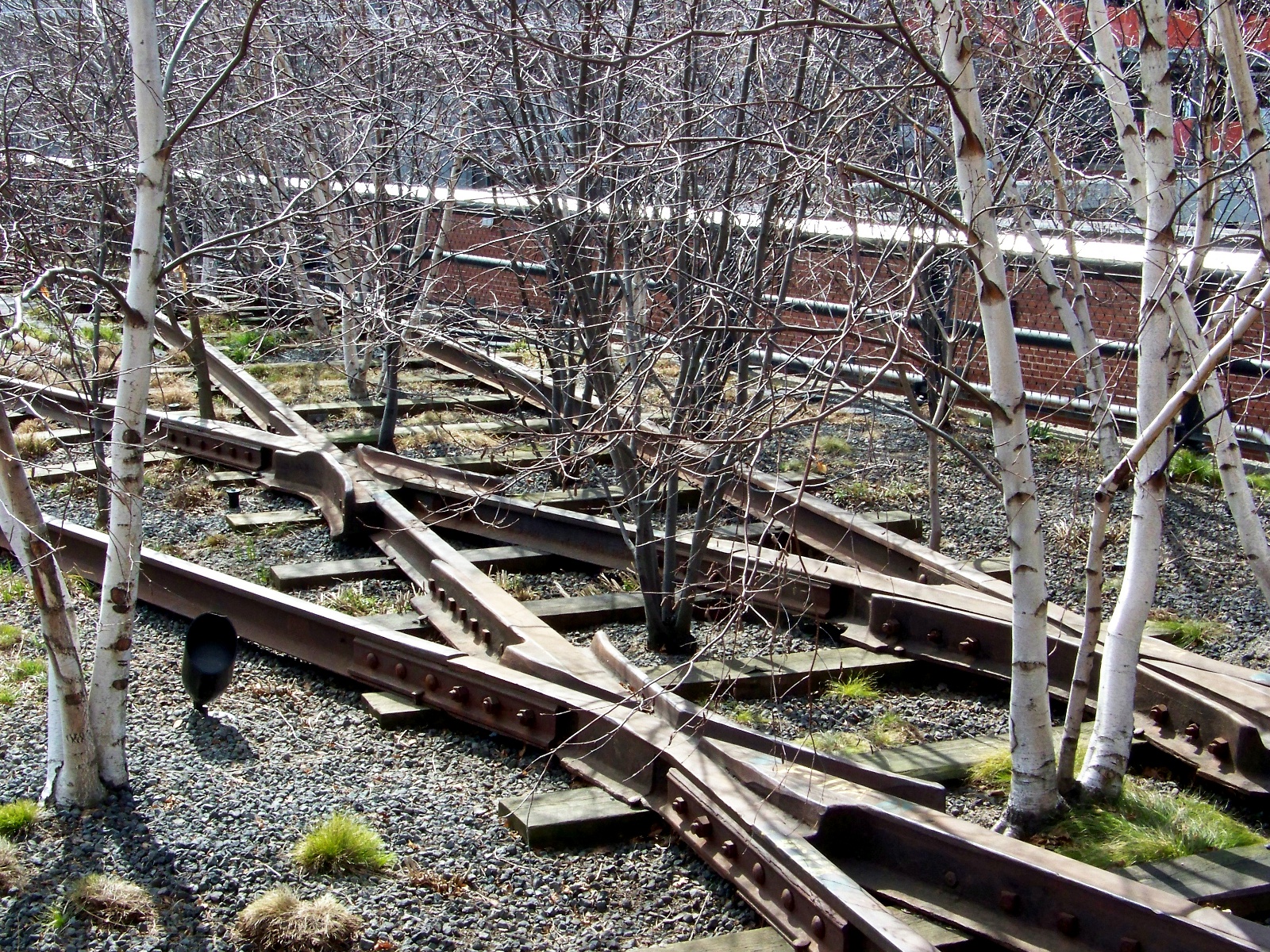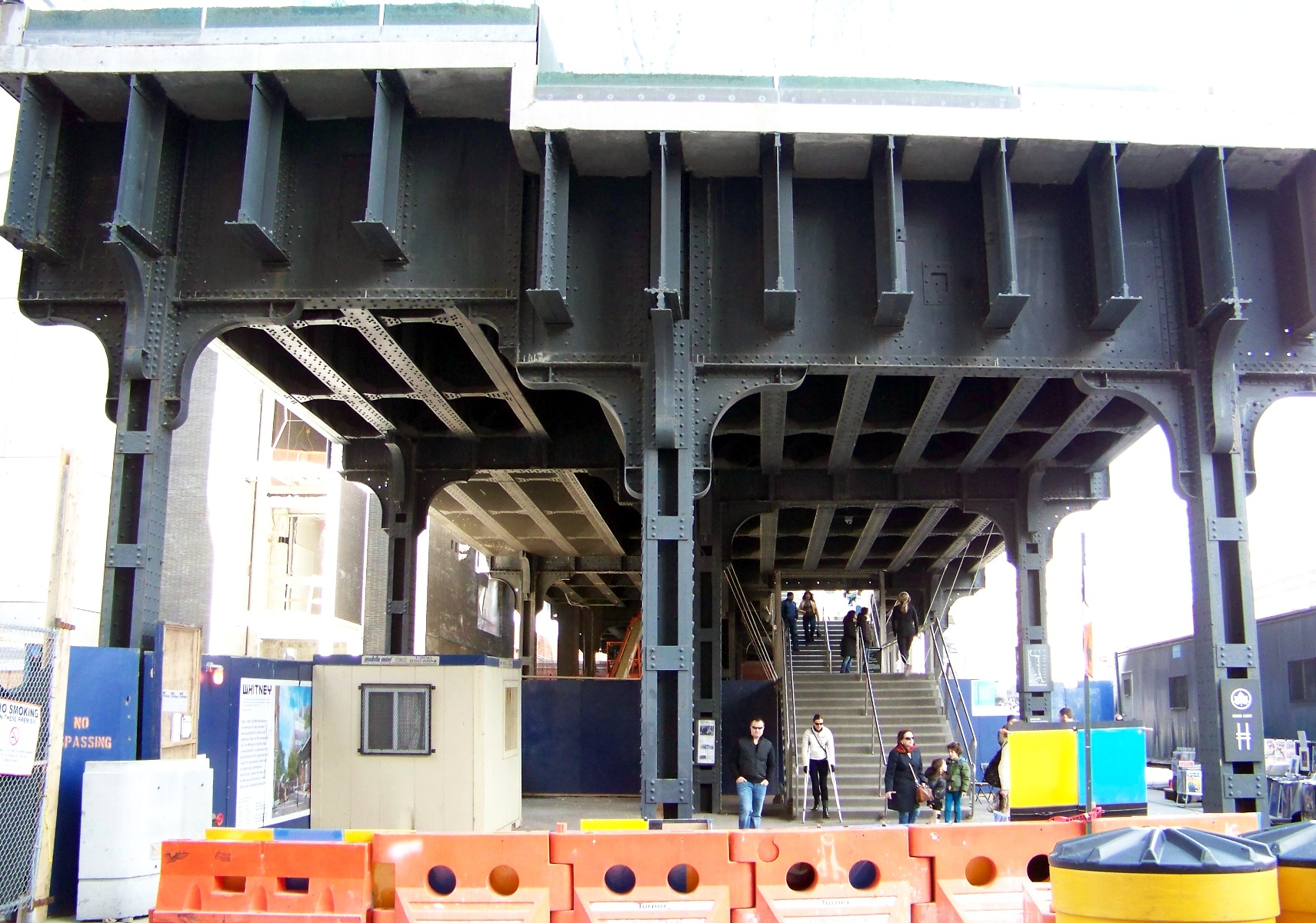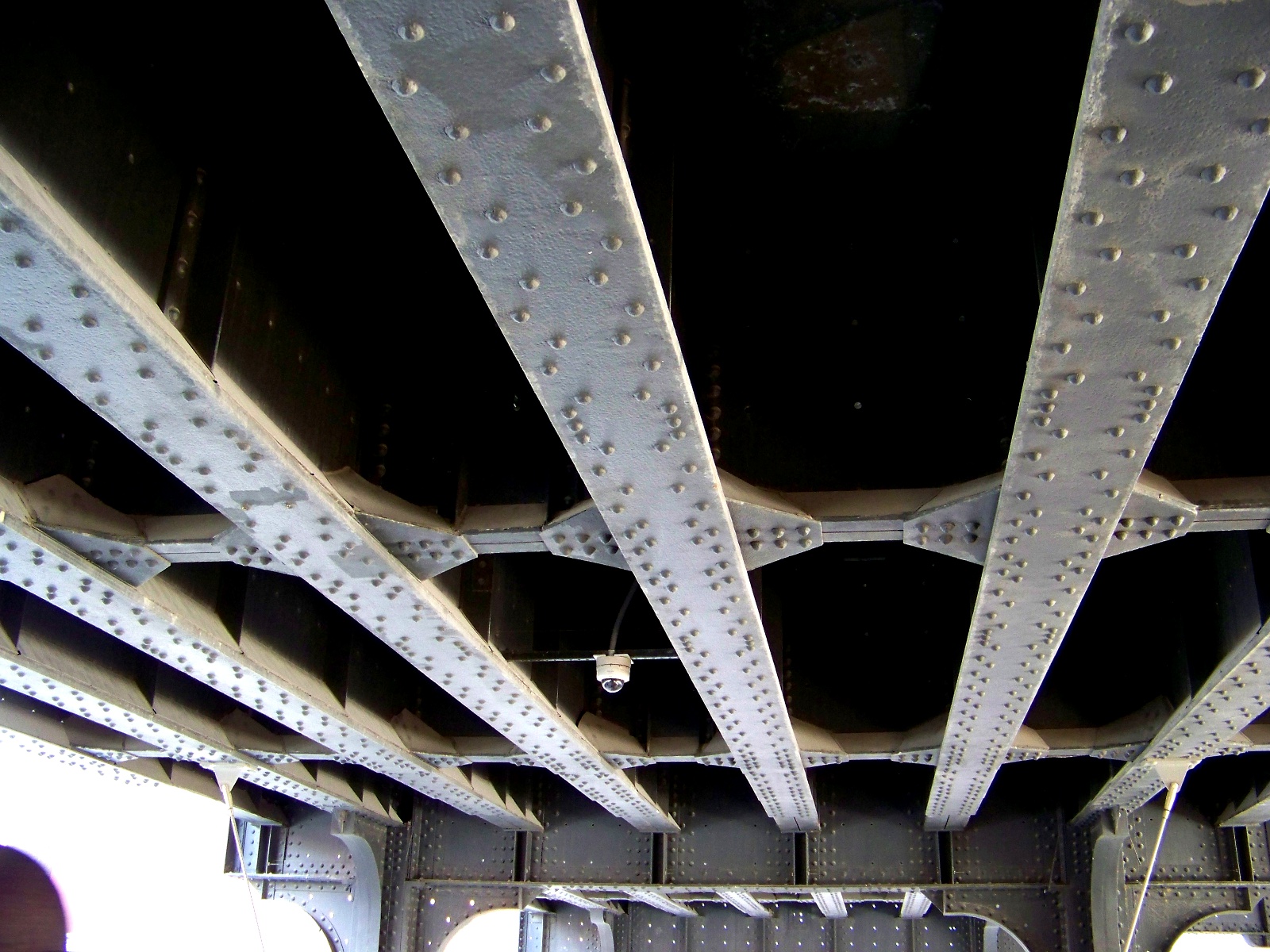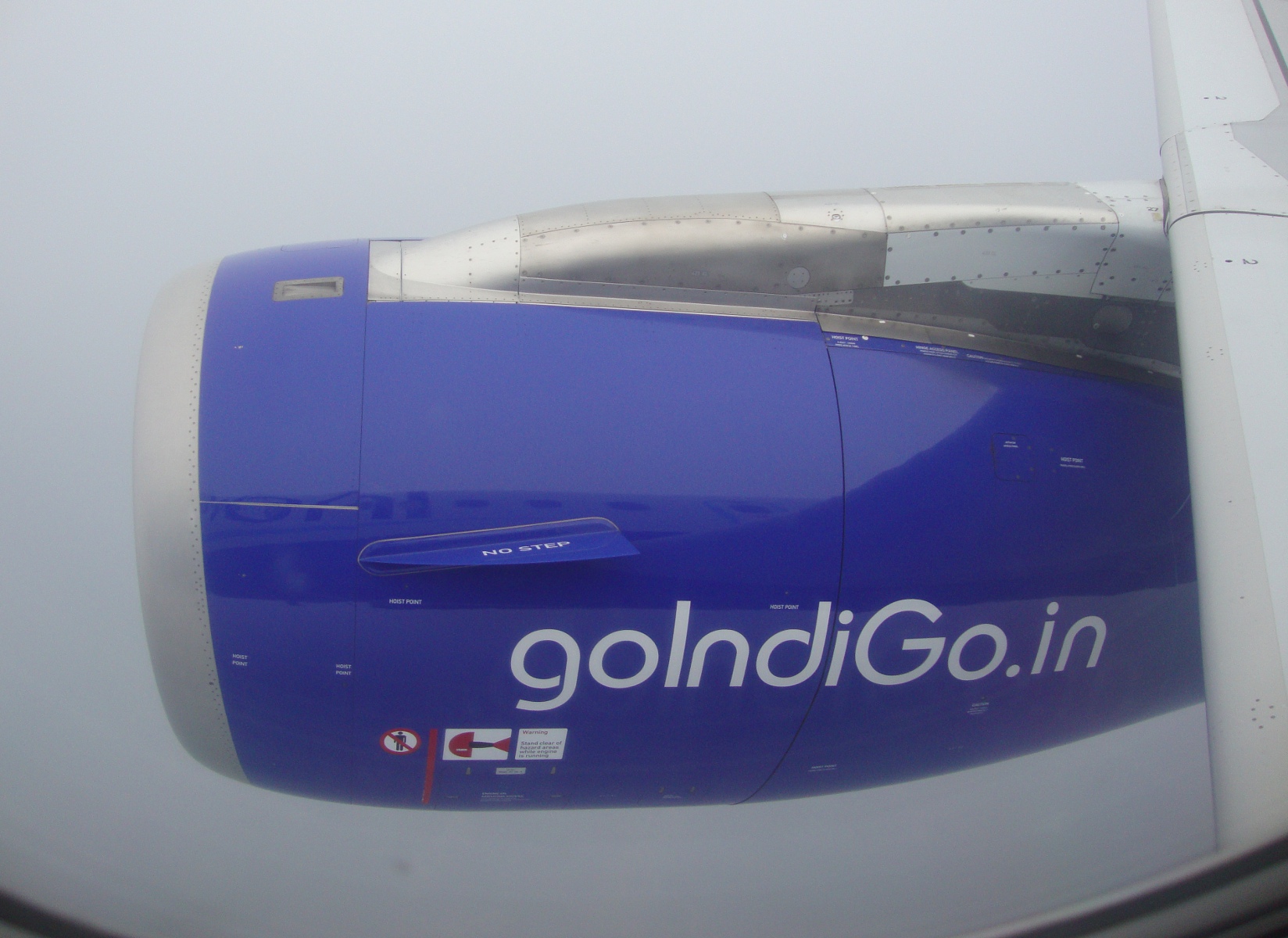In the nineteenth century, the American South’s carriage roads used to cross the region’s many streams and rivers by means of wooden truss bridges. Very few of these bridges have survived into the twenty-first century, having falling prey to fire, floods, storms, modernization—and in some cases, the Union Army. A few bridges have survived, tucked away in isolated, underpopulated areas. Perhaps because of their rarity, covered bridges have acquired romantic mythos, even though they were originally built for economic development, not romance.1 Websites like this one catalog the surviving covered bridges in the region.
It came as a surprise when I realized that my map of Lee County, Alabama indicated that there was a covered bridge not far from where I live. According to the map, the Salem-Shotwell Bridge was just off of US-280, the highway that runs from Opelika, AL to Columbus, GA. I followed the map out to the indicated location one Saturday afternoon. Before I quite got to the bridge, a sign planted in the middle of the road claimed: “Bridge Closed Ahead.”
That was an understatement. As I got closer, I discovered that the bridge had vanished completely.
My map was more than a half-decade out of date. Come to find out, the bridge had broken in 2005, when a tree smashed into it during one of the fearsome thunderstorms that occur from time to time in the Alabama Piedmont.
The Salem-Shotwell Bridge’s destruction was an unfortunate loss, but it was not a complete waste. Enough of the original timbers and roofing had survived undamaged for the bridge to be reconstructed, with a shorter span, over a creek in Municipal Park in Opelika.
Some of the leftover parts were used for the sign that identifies the bridge:
The underside of the bridge holds a secret: steel I-beams, which support the weight of the reconstructed bridge. The original wooden truss (known as a Town Truss, after its inventor) is now just for show.
I-beams or no I-beams, I’m glad that the Salem-Shotwell Bridge was reconstructed. Its reconstruction is an example of what Kevin Lynch would call wasting well. Even in its present state, the bridge teaches anybody who sees it a little about the past.
- A good book about southern covered bridges and their mythos is John S. Lupold and Thomas L. French, Bridging Deep South Rivers: The Life and Legend of Horace King (Athens: University of Georgia Press, 2004). [↩]

